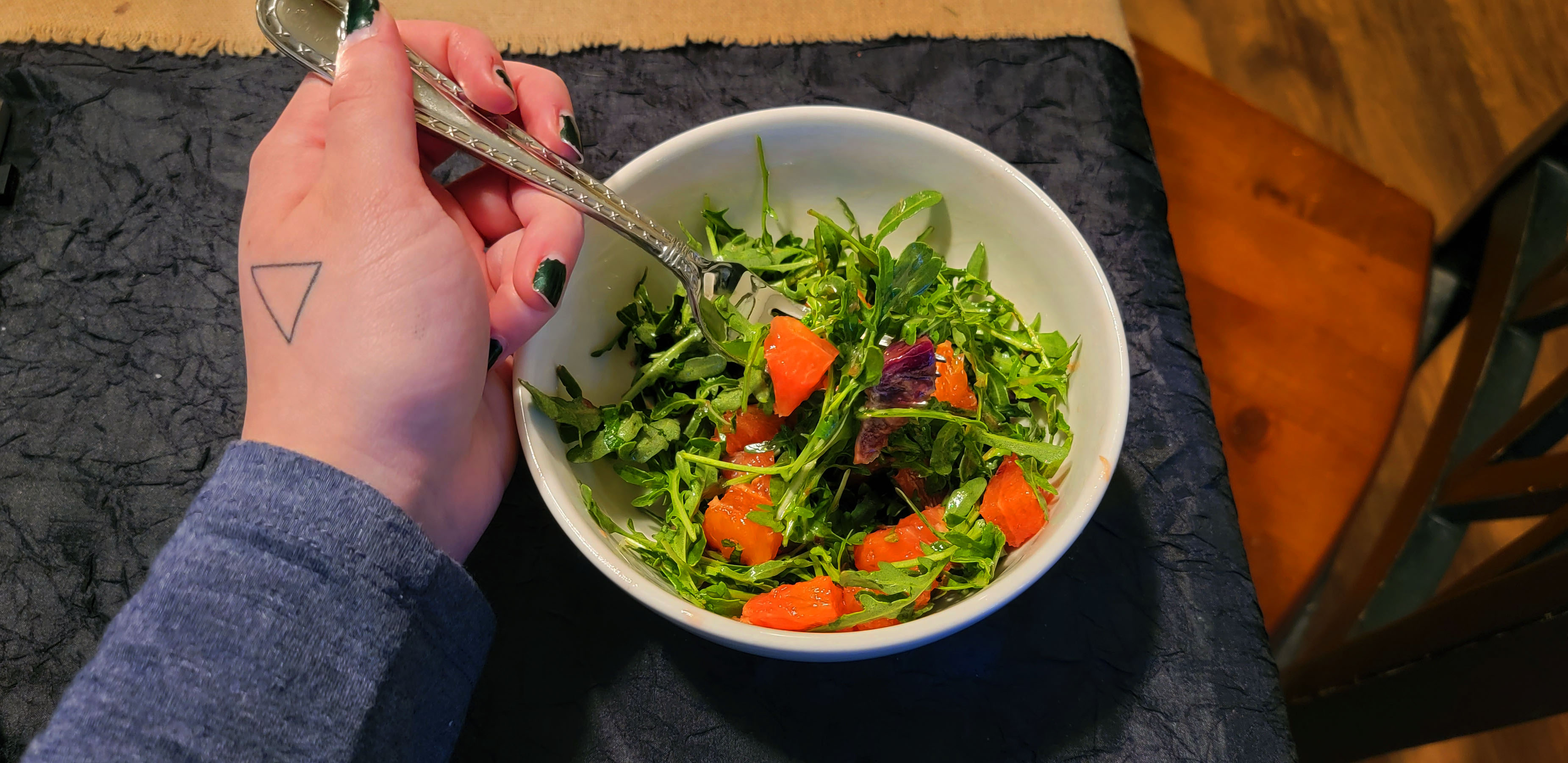Written by: Sierra Porter | Staff Writer
Spring has arrived, and along with it comes beautiful flowers, sunny days and markets with the freshest fruits and vegetables. Take advantage of this beautiful season with homemade snacks perfect for any picnic:
HOMEMADE HUMMUS:
Start to finish: 20 minutes
*This recipe requires a food processor*
Chickpeas
Tahini
Fresh lemon juice
Fresh garlic
Ground cumin and salt
Olive oil
Optional: Roasted red peppers
Start by adding lemon juice and tahini to the food processor and allow them to run for a minute or two, eventually turning into a paste. Peel the chickpeas for a more creamy texture and separate them into two batches for easier processing. Blend the first batch of chickpeas along with the cumin, salt, olive oil and roasted red peppers, then add the second batch. Add a splash of olive oil on top and serve with crunchy veggies, pita bread or even on a tasty sandwich.
ELOTE-INSPIRED PASTA SALAD
Start to finish: 30 minutes
200g pasta noodles, any kind
3 tsp olive oil
2 cans of sweet corn
6 spring onions, finely chopped
40g coriander
200g feta cheese
150g Mayonnaise
3 limes, juiced
2 tsp chili powder
Begin by cooking the pasta noodles in heavily salted water, drain and then add 1 tsp of olive oil. Heat the remainder of the olive oil in a skillet, add the sweet corn with a dash of salt and cook for 5-10 minutes or until slightly charred. Put the corn in a large serving bowl, add the pasta, spring onions, most of the coriander, crumbled feta cheese and mix well. To make the dressing, combine mayonnaise, chili powder, lime juice and salt into a bowl to pour over the elote pasta. Top with extra feta, corn, a chili powder and go ahead and set it on the picnic table.
SWEET RASPBERRY LEMONADE
Start to finish: 15 minutes
8-10 large lemons = 1 ½ cups lemon juice
½ pound of raspberries
5 cups water
1-1 ½ cups sugar
Lemon wedges, for serving
Fresh mint, for serving
Every picnic needs a sweet drink to sip on and a homemade raspberry lemonade is just the thing to quench your thirst. Start by squeezing all the juice out of the lemons, acquiring at least 1 ½ cups of juice. Combine raspberries and ½ cup of lemon juice in a blender; puree until smooth, then pass the mixture through a sieve to separate out seeds. The fastest way to eliminate seeds is by pressing down on the strainer with a large spoon or ladle, pushing the seeds into the spoon to scoop out with ease. Add remaining lemon juice, water and sugar to the bowl and stir until completely dissolved. Taste test and add more sugar or lemon if needed. Pour in glasses with ice, top with lemon wedge along with the fresh mint, and enjoy the perfect picnic drink.
Contact the author at howlstaffwriter@wou.edu





